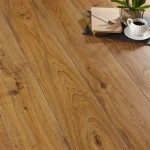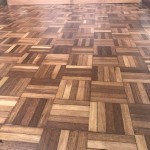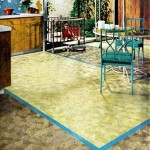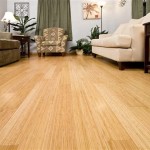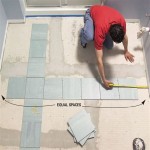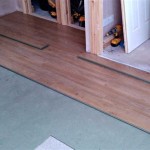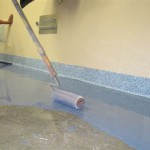Essential Aspects of Hardwood Flooring Cleats Or Staples
Installing hardwood flooring requires specialized tools and techniques to ensure a durable and visually appealing result. Among the crucial components are cleats or staples, which play a vital role in securing the flooring to the subfloor. Understanding their purpose, types, and proper installation methods is essential for successful hardwood flooring projects. This article delves into the essential aspects of hardwood flooring cleats or staples, providing valuable insights for both homeowners and flooring professionals.
Purpose of Cleats or Staples
Cleats or staples serve as inconspicuous connectors between the hardwood flooring planks and the subfloor. They hold the planks firmly in place, preventing movement, gaps, or buckling. By securing the flooring to the subfloor, cleats or staples ensure stability, reduce noise, and enhance the overall longevity of the installation.
Types of Cleats or Staples
There are primarily two types of cleats or staples used for hardwood flooring:
- Barbed Cleats: Featuring sharp prongs, barbed cleats are driven into the tongue and groove of the flooring planks and the subfloor. Their barbs prevent them from backing out, providing a secure hold.
- Crown Staples: Crown staples have a wider crown and are typically used with pneumatic nailers. They are driven into the face of the flooring planks at an angle, securing them to the subfloor.
Factors to Consider When Choosing Cleats or Staples
When selecting cleats or staples for hardwood flooring, several factors should be considered:
- Flooring Type: Different types of hardwood flooring have specific requirements for cleats or staples. Consult the manufacturer's recommendations for the appropriate size and type.
- Subfloor Type: The type of subfloor (e.g., plywood, concrete) influences the choice of cleats or staples. Some types require specialized fasteners, such as concrete nails or screws.
- Installation Method: The chosen cleats or staples must be compatible with the intended installation method (e.g., nailing, stapling).
Proper Installation of Cleats or Staples
Installing cleats or staples correctly is crucial for optimal flooring performance. Follow these general guidelines:
- Spacing: Cleats or staples should be spaced evenly along the length of the planks, typically 6-8 inches apart.
- Angling: Crown staples should be driven into the planks at a 45-degree angle, while barbed cleats should be driven straight into the tongue and groove.
- Depth: The cleats or staples should be driven into the subfloor deep enough to secure the flooring without damaging the planks.
- Countersinking: Countersink the heads of the cleats or staples slightly below the surface of the flooring to prevent them from protruding and creating tripping hazards.
Conclusion
Hardwood flooring cleats or staples play a crucial role in the stability and longevity of hardwood flooring installations. Understanding their purpose, types, and proper installation methods is essential for both homeowners and flooring professionals. By choosing the right cleats or staples and following the recommended guidelines, you can ensure a durable and visually appealing hardwood floor that will last for years to come.

Deciding Between Cleats Vs Staples When Nailing Your Hardwood Floor Diy Floors Unique Wood

Cleat Nails Vs Staples An Overview Hardwood Floors

Primatech Cleats Staples Hy Cor International Inc

Cleat Nails Vs Staples An Overview Hardwood Floors

Floor Staplers Vs Cleat Nailers The Hardwood Flooring Experts Petes Floors

How Many Nails Staples For Hardwood Floor Installation

Difference Between Hardwood Floor Fasteners Concord Carpenter

Bostitch 2 L Shaped Hardwood Flooring Cleat 1000pcs Box Fln 200 First Atlanta

18 Gauge L Flooring Cleat Nails For Hardwood Shaped Made In China Com

Nails 16ga T 2 50mm Primatech Flooring Tools

